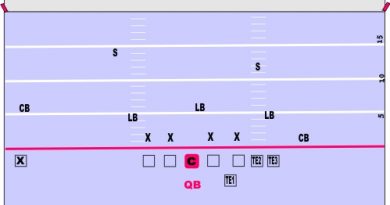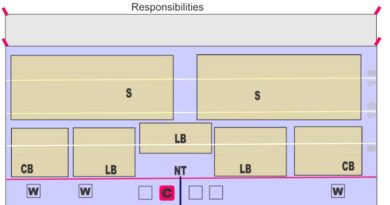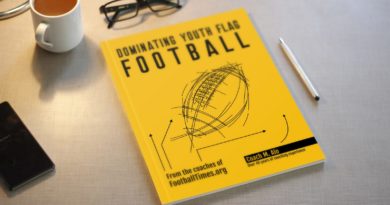Can’t Coach Agility
What is agility? How can you learn agility? How can you teach it? How can you acquire agility? Is it something you can improve? Can you learn agility?
You can’t coach agility!
High school coaches say this all the time, but is it true? What does it mean? First of all what is agility?
Agility has been defined as the power to move quickly, nimbleness, fluid-like motion, seamless transition, quick, smooth, graceful movements.
Contrary to coaches’ opinions, agility is not something that is inborn, and it can be learned. The reason most high school coaches think that agility can’t be taught, is because by the time athletes are at the high school level, agility is not that teachable and is not easily coachable. There are ways to improve agility, but the questions is when and how?
You have to start early. When you child is merely 3-4 years old, you should begin enrolling them in class, activities, and programs that improve agility, coordination, and speed. Both male and female athletes can benefit from any type of game or activity that increases their motor skills, coordination, ability to think and move quickly.
At age 3-4, you should be playing games with your kids. Have them start kicking and throwing balls. Make sure they use both hands to throw and kick. Ambidexterity is an amazing tool to have in your toolbox. Have them chase each other and play games like tag. This increases their natural movement and they will be more comfortable moving in the future.
By age 4-5 they should be enrolled in sports and activities. Gymnastics goes a long way in improving flexibility, balance, and coordination for both males and females. Soccer is another sport that is especially great at teaching agility and speed. You can even start pee wee football at this age to steer them in the direction you ultimately want them to take. The sooner they are introduced to a sport, the more natural it will come to them.
When they are 6 to 7 years of age, simple group games of tag, hide and seek, dodge ball, and smear the queer all help to improve agility. Quick movements, running away from others, lateral movement, and burst and speed all are learned early on. Add these games to their team practices for their other group games and practices.
When they are 7 to 11 years old, you can enroll them in pee wee football, flag football, and other organized sports. If they aren’t interested you can play mock games that include a lot of agility. Put flags on everyone and have them run around trying to pull everyone’s flags off, last one with flags wins. That teaches tremendous agility and natural movement savvy.
The more you encourage them to move around, the more natural ability they will gain. They will become very fluid and very natural runners. Eluding tacklers and breaking tackles will come natural to them. The earlier you start, the better. Once a kid has hit about 13-14 years of age, they are no longer as physically moldable. Sure they can still be coached and can still learn, but they will be behind the eight ball and other kids will be far ahead of them. That’s usually why most high school coaches don’t think agility is coachable.


